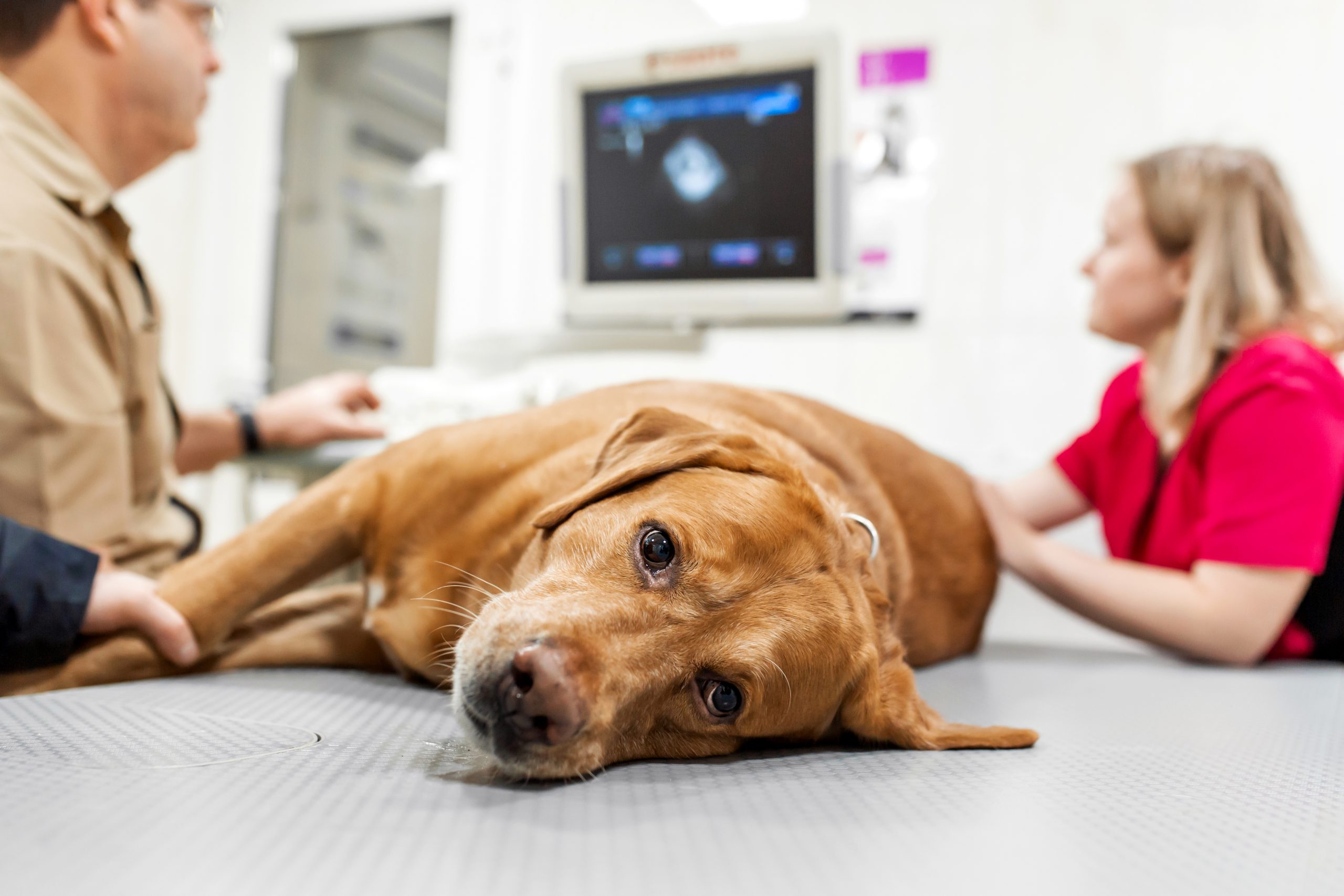
Background
The digestive tract is responsible for the absorption of nutrients and the elimination of waste; hence with chronic enteropathies (CE) and especially protein-losing enteropathy (PLE) these diseases can severely impact a patient’s health and may even result in death. Studies in companion animals have shown that patients with CE and PLE have low stores of 25vitD and corresponded to CIBDAI scores (1-5). Research on whether 25vitD is a consequence of CE/PLE or plays a role in the pathogenesis and propagation of disease found: vitamin D receptors in the canine GI tract (6); that 25vitD was inversely correlated to pro-inflammatory cytokines (4); and that calcitriol administration decreased TNF-α and stimulated anti-inflammatory cytokine IL-10 (7).
Featured Study
In a recent study (8), researchers from CSU looked specifically at dogs with CE and compared those with low 25vitD to those with normal levels of 25vitD to understand how low 25vitD affected clinical, clinicopathologic, and histologic variables. Study findings showed:
| CE Low 25vitD Median | CE Normal 25vitD Median | p value | |
|---|---|---|---|
| CCECAI Score | 12.3 | 7.7 | 0.003 |
| Albumin | 1.6 | 3.3 | <0.001 |
| C-Reactive Protein | 43 | 2.5 | 0.004 |
| Vitamin E | 11 | 23 | <0.001 |
| Cholesterol | 80 | 198 | <0.001 |
CE dogs with low 25vitD clinically fared far worse, had low levels of albumin and high levels of inflammation as compared to CE dogs with normal 25vitD. Histopathology scoring for inflammation confirmed CE dogs with low 25vitD had heightened levels of inflammation. Vitamin D binding protein was the same between the groups, therefore the common finding of very low 25vitD in PLE dogs is assumed to be lost in the VitD-albumin bound fraction.
Conclusion
Companion animal studies reflect findings from numerous human studies that VitD is involved in the innate immune response. Dogs and cats with CE/PLE fare far worse when 25vitD levels are low. Low stores of vitamin D should be considered an independent risk factor for the development and progression of chronic enteropathies.
References
- Gow AG, Else R, Evans H, Berry JL, Herrtage ME, Mellanby RJ. Hypovitaminosis D in dogs with inflammatory bowel disease and hypoalbuminaemia. J Small Anim Pract. 2011 Aug;52(8):411-8. doi: 10.1111/j.1748-5827.2011.01082.x.
- Lalor S, Schwartz AM, Titmarsh H, Reed N, Tasker S, Boland L, Berry J, Gunn-Moore D, Mellanby RJ. Cats with inflammatory bowel disease and intestinal small cell lymphoma have low serum concentrations of 25-hydroxyvitamin D. J Vet Intern Med. 2014 Mar-Apr;28(2):351-5. doi: 10.1111/jvim.12294.
- Titmarsh H, Gow AG, Kilpatrick S, Sinclair J, Hill T, Milne E, Philbey A, Berry J, Handel I, Mellanby RJ. Association of Vitamin D Status and Clinical Outcome in Dogs with a Chronic Enteropathy. J Vet Intern Med. 2015 Nov-Dec;29(6):1473-8. doi: 10.1111/jvim.13603. Epub 2015 Aug 26. Erratum in: J Vet Intern Med. 2016 Jan-Feb;30(1):470.
- Titmarsh HF, Gow AG, Kilpatrick S, Cartwright JA, Milne EM, Philbey AW, Berry J, Handel I, Mellanby RJ. Low Vitamin D Status Is Associated with Systemic and Gastrointestinal Inflammation in Dogs with a Chronic Enteropathy. PLoS One. 2015 Sep 2;10(9):e0137377. doi: 10.1371/journal.pone.0137377.
- Allenspach K, Rizzo J, Jergens AE, Chang YM. Hypovitaminosis D is associated with negative outcome in dogs with protein losing enteropathy: a retrospective study of 43 cases. BMC Vet Res. 2017 Apr 8;13(1):96. doi: 10.1186/s12917-017-1022-7.
- Cartwright JA, Gow AG, Milne E, Drummond D, Smith S, Handel I, Mellanby RJ. Vitamin D Receptor Expression in Dogs. J Vet Intern Med. 2018 Mar;32(2):764-774. doi: 10.1111/jvim.15052.
- Jaffey JA, Amorim J, DeClue AE. Effect of calcitriol on in vitro whole blood cytokine production in critically ill dogs. Vet J. 2018 Jun;236:31-36. doi: 10.1016/j.tvjl.2018.04.010.
- Wennogle SA, Priestnall SL, Suárez-Bonnet A, Webb CB. Comparison of clinical, clinicopathologic, and histologic variables in dogs with chronic inflammatory enteropathy and low or normal serum 25-hydroxycholecalciferol concentrations. J Vet Intern Med. 2019 Sep;33(5):1995-2004. doi: 10.1111/jvim.15614.
